
WP 7.2 Microbial Interaction Mechanisms and Networks in Complex Microbiomes
project description
Complex microbiomes are shaped by multiple, functionally distinct interaction networks. Most microorganisms cannot synthesize all essential metabolites and must obtain the missing compounds from other microbes or hosts. Other known microbe-microbe interactions include syntrophic substrate degradation, molecular signaling, stress mitigation, competition, and inter-microbial warfare. Based on these diverse interaction types, interaction networks form that are crucial for nutrition, metabolism, and other aspects of survival and growth in environmental and host-associated microbiomes. Understanding these networks is essential to maintain ecosystem functions and to manipulate communities in a targeted manner.
Key questions of this WP are: (i) Do all organisms simultaneously participate in various functional networks in which they occupy different functions? (ii) Do the structures of interaction networks change dynamically due to fluctuating resources and other (a) biotic factors that lead to a decline or replacement of member populations? We aim to better understand phenomena such as community structure shifts, spatial rearrangements of microbial populations (e.g., in biofilms), niche partitioning, and microbial invasion by tapping into the rich information contained in microbiome interaction networks. Results will be compared between microbiomes to extract common principles of network topology, functioning, and plasticity.
For example, we will address relationships of key network properties (like connectivity) with microbiome stability under disturbance. Current insights into microbial interaction networks mainly stem from co-occurrence patterns, genetic inventories in (meta)genomes, and synthetic communities. However, the postulated interactions often remain hypothetical and unsubstantiated, and confirmation is rare. We thus still lack a sufficient understanding of interaction networks in complex microbiomes. We here strive to overcome these limitations by studying microbial interactions in microbiomes from wastewater treatment plants (WWTPs) and the human small intestine (SI). Since both systems are complex and dynamic, and current methods can largely capture their microbial diversity, they are highly suitable for studying the nature of interaction networks. WWTPs are already established as excellent model systems for microbial ecology.
The SI microbiome is exposed to rapidly fluctuating conditions, and dysbiosis conditions as in small intestine bacterial overgrowth offer opportunities to study microbial invasion in medically relevant settings. We will predict interaction networks and their underlying mechanisms from metagenomes by metabolic modeling and trait prediction based on machine learning. This will be coupled with visualizing multiple interaction partners simultaneously by multicolor FISH. Their spatial co-localization patterns, which may indicate interactions at the microscale, will be quantified by image analysis and cell-cell interactions analyzed by scanning probe microscopy. Interaction networks will be manipulated in living experimental microbiomes by providing or depleting substrates, metabolites, cofactors, antibiotics, and other potential signaling compounds, and by other modifications according to the computational predictions. Network functioning and restructuring will be tracked in a time-resolved manner by fluorescence and chemical imaging, such as D O- and 13C-based stable isotope probing combined with SRS, NanoSIMS, FISH, and spatially-resolved single-cell transcriptomics. Raman-activated cell-sorting will be used to extract and identify isotope-labeled taxa. Metatranscriptomics will complement these approaches.
This WP will improve our understanding of microbial community structure-function relationships. It will allow far more accurate predictions about the development of microbiomes in dynamically changing conditions and potentially help to optimize biotechnological processes and microbiome-targeted therapies, for example by targeting microbes that have an exceptional number of interaction partners.
work package leader

holger daims
University of Vienna
Professor at the Division of Microbial Ecology (CeMESS)
CoE Key Researcher
work package members

david berry
CoE Key Researcher
university of vienna

Foto: Clemens Fabry
thomas gaehtgens
PhD student
university of vienna
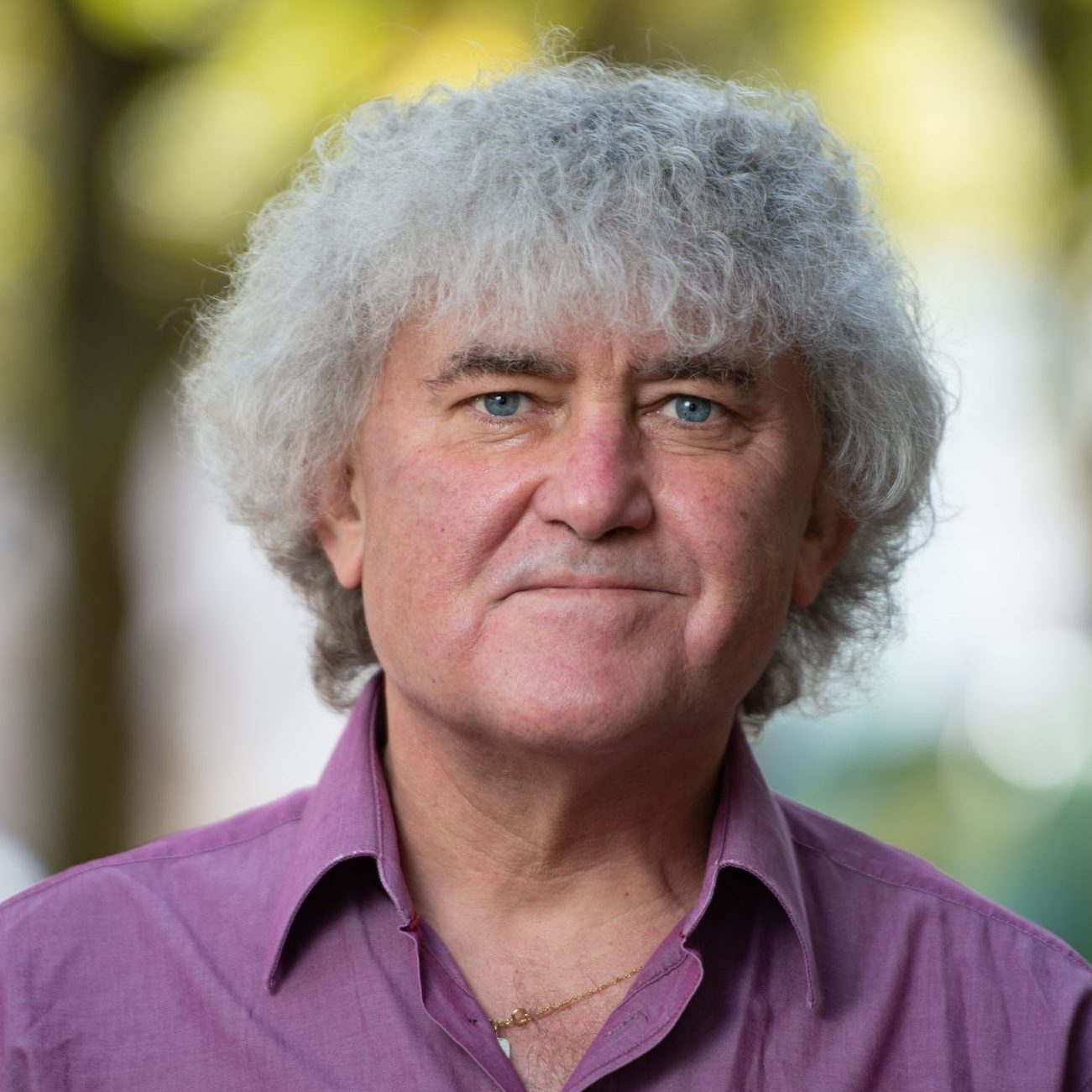
peter hinterdorfer
CoE Key Researcher
johannes kepler university linz

christinA kaiser
CoE Key Researcher
university of vienna

bernhard lendl
CoE Key Researcher
technische universität wien (tu wien)

Foto: Clemens Fabry
rahul mallikarjun
PhD student
university of vienna

christine moissl-eichinger
CoE Key Researcher
medical university of graz

Foto: Clemens Fabry
ruizhe pei
Postdoctoral Reseacher, transitioned to MSCA Fellowship
university of vienna
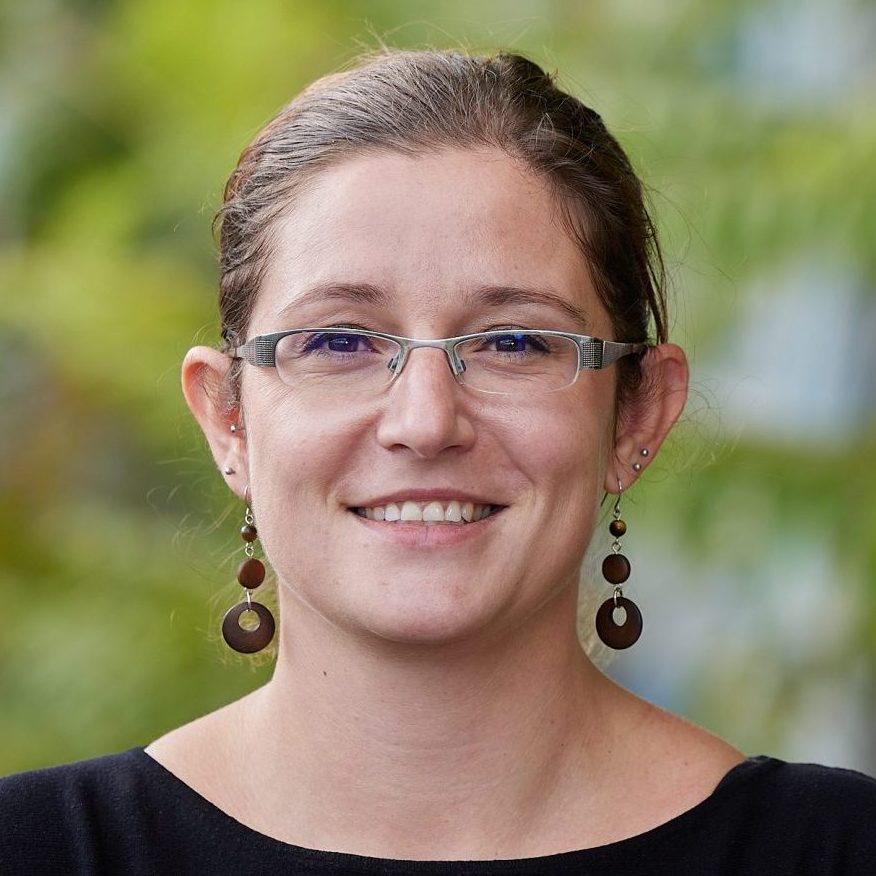
petra pjevac
CoE Key Researcher
university of vienna
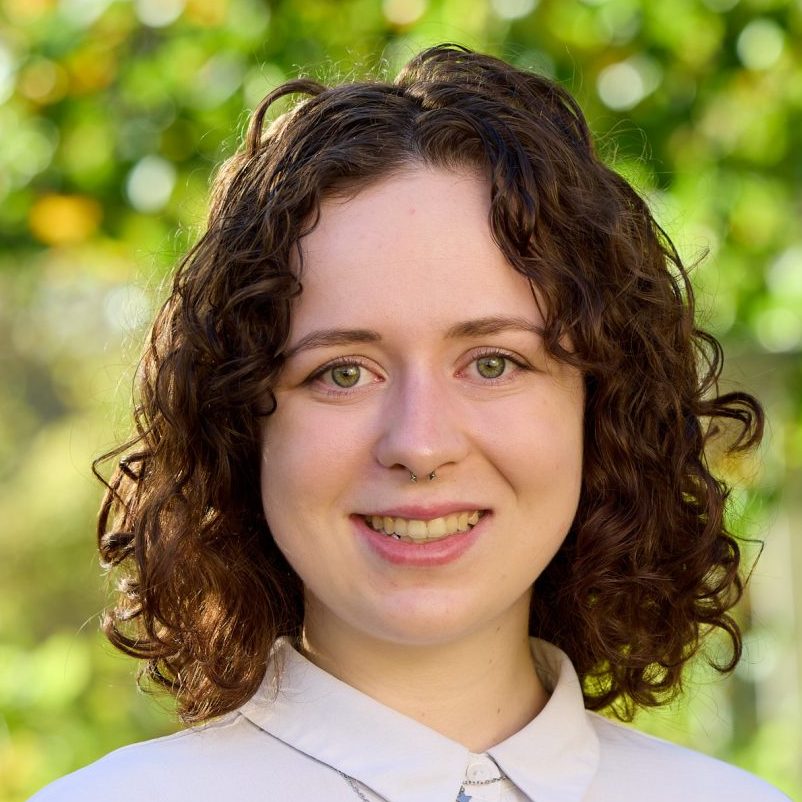
Foto: Clemens Fabry
Eliška Sedláčková
PhD Student
medical university of graz

thomas rattei
CoE Key Researcher
university of vienna

michael wagner
CoE Key Researcher
university of vienna
involved institutions

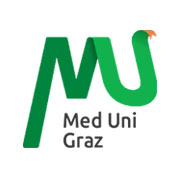

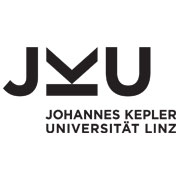
CoE publications in wp 7.2
Diener C, Holscher HD, Filek K, Corbin KD, Moissl-Eichinger C, Gibbons SM. Metagenomic estimation of dietary intake from human stool. Nat Metab. 2025. doi: 10.1038/s42255-025-01220-1
Hu H, Kristensen JM, Herbold CW, Pjevac P, Kitzinger K, Hausmann B, Dueholm MKD, Nielsen PH, Wagner M. Global abundance patterns, diversity, and ecology of Patescibacteria in wastewater treatment plants. Microbiome. 2024 12(1):55. doi: 10.1186/s40168-024-01769-1.
Bauchinger F., Seki D., Berry D. Characteristics of putative keystones in the healthy adult human gut microbiota as determined by correlation network analysis, 2024, Front. Microbiol., doi: 10.3389/fmicb.2024.1454634

